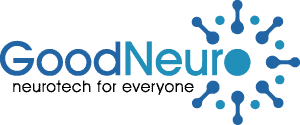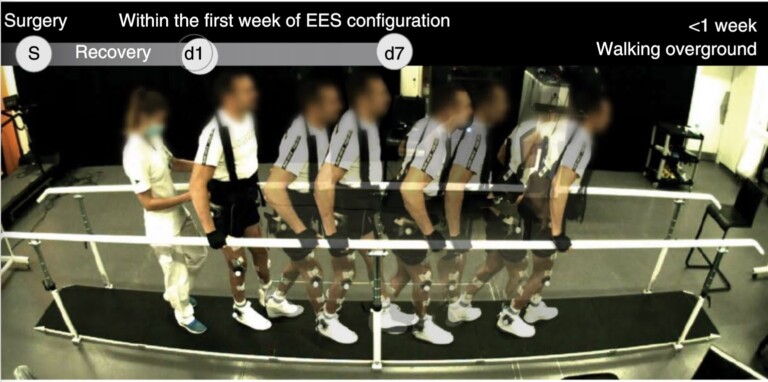There would be more than 10 answers from 10 specialists. One of mine is the interface between a neural system and other systems. For example, the photo above shows a patient with severe spinal cord injury walking 7 days after implantation of epidural electrical stimulation electrodes (Rowald et al., 2022). The neurotechnology bypassed the damaged part of the spinal cord and created new pathways for motor signals. The device is not a simple cable, but a sophisticated system that decodes critical patterns of neural signals and translates them into an appropriate sequence of electrical stimulation to be delivered downstream of the spinal cord to generate coordinated muscle activity.
These nervous systems are interconnected. As a result, not only low-level but also high-level functions such as memory and cognition are inevitably relevant to neurotechnology. Here, the theory of cognitive neuroscience plays an important role in relating patterns of neural signals to psychological concepts.
What neural data is being used? Does the algorithm perform better than others? Is there sufficient neuroscientific evidence to support the claimed function? Such questions allow us to sort out trustworthy neurotechnologies.
References: Rowald, A., Komi, S., Demesmaeker, R. et al. (2022). Activity-dependent spinal cord neuromodulation rapidly restores trunk and leg motor functions after complete paralysis. Nat Med 28, 260–271.


